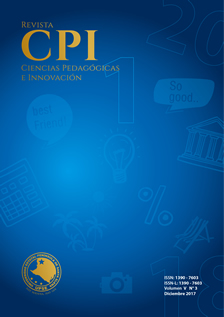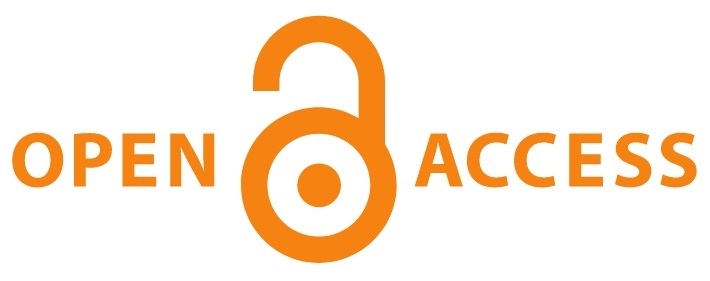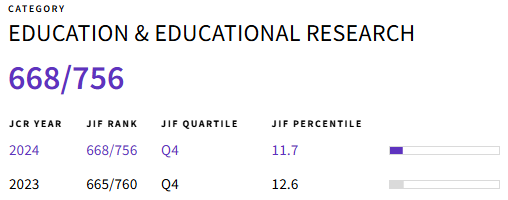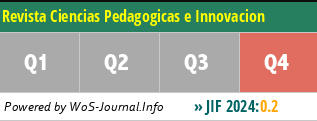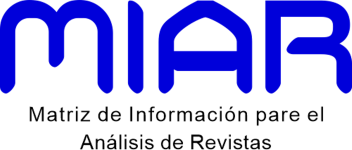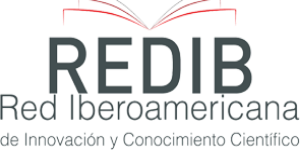Testing the trade-off theory and the pecking order theory of capital structure, ecuadorian evidence
DOI:
https://doi.org/10.26423/rcpi.v5i3.192Keywords:
Trade-off theory, Pecking order theory, beta, leverage, cost ofcapitalAbstract
This paper investigates if industrial companies, especially food & beverage divided into food processing and raw materials, listed on the Guayaquil Stock Exchange from 2011 to 2015 chose their capital structure based on the Trade-off theory and the Pecking Order Theory. The sample consisted of 11 companies. For the trade-off theory, the optimal capital structure was discovered. Food processing companies tend to be underleveraged whereas raw material companies are overleveraged. For the Pecking order theory, the order of preference for financing their assets was evaluated such as: first of all, retained earnings after that, debt and finally, equity. In addition, their retained earnings were considered. Most of the companies preferred to issue debt. The free-cash-flow method was used for this study in order to discover company’s value. Analyzed companies did not consider both theories, instead they considered the Guayaquil Stock Exchange policy and their own policies. However, the studied theories must be taken into account in order to maximize company’s value and to reduce costs
Downloads
References
Jensen, N. S., & Uhl, F. T. (August de 2008). Capital Structure in European SMEs. Obtenido de http://pure.au.dk/portal/files/3244/Capital_Structure_in_Eur opean_SMEs.pdf
Chirinko, R., & Singha, A. (2000). Testing static trade - off against pecking order models of capital structure: A critical comment. Journal of Financial Economics, 417 - 425.
Frank, M., & Goyal, V. (2003). Testing the pecking order theory of capital structure. Journal of Financial Economics, 217 - 248.
Leary, M., & Roberts, M. (2010). The Pecking order, debt capacity, and information asymmetry. Journal of Financial Economics, 332 - 355.
Shyam - Sunder, L., & Myers, S. (1999). Testing static tradeoff against pecking order models of capital structure. Journal of Financial Economics, 219 - 244.
Lemmon, M. L., & Zender, J. (2010). Debt capacity and tests of capital structure. Journal of Financial and Quantitative analysis, 1161 - 1187.
Miglo, A. (2014). Capital Structure of Internet Companies. Journal of Internet Commerce, pp. 253 - 281.
Maldonado, F., & Proaño, G. (2015). La Industria en Ecuador. EKOSNEGOCIOS.COM, 46 - 58.
Brealey, Myers, Allen. (2011). PRINCIPLES OF CORPORATE FINANCE. New York: McGraw - Hill.
Brealey, Myers, Allen. (2011). Principles of Corporate Finane. In Principles of Corporate Finance (p. 447). McGraw - Hill Irwin.
Martin, H. Kent Baker and Gerald S. (2011). CAPITAL STRUCTURE AND CORPORATE FINANCING DECISIONS: theory, evidence and practice. New Jersey, USA: John Wiley & Sons, Inc.
Grinblatt?Titman. (2002). Financial Markets and Corporate Strategy. The McGraw?Hill.
Banco Mundial. (2017). Banco Mundial. Obtenido de Banco Mundial: https://datos.bancomundial.org/pais/ecuador
Asamblea Nacional Ecuador. (2010). Código Orgánico de la Producción, Comercio e Inversiones., (pág. 56). Quito.
Damodaran, A. (n.d.). Finding the Right Financing Mix: The capital Structure Decision. Stern School of Business.
Aswath Damodaran. (s.f.). Damodaran Online. Obtenido de Damodaran Online: http://pages.stern.nyu.edu/~adamodar/New_Home_Page/valquestions/syntrating.htm
Consejo Nacional de Valores. (2015). Codificación de resoluciones del Consejo Nacional de Valores.
Downloads
Published
Issue
Section
License
El titular de los derechos de autor de la obra, otorga derechos de uso a los lectores mediante la licencia Creative Commons Atribución-NoComercial-CompartirIgual 4.0 Internacional. Esto permite el acceso gratuito inmediato a la obra y permite a cualquier usuario leer, descargar, copiar, distribuir, imprimir, buscar o vincular a los textos completos de los artículos, rastrearlos para su indexación, pasarlos como datos al software o usarlos para cualquier otro propósito legal.
Cuando la obra es aprobada y aceptada para su publicación, los autores conservan los derechos de autor sin restricciones, cediendo únicamente los derechos de reproducción, distribución para su explotación en formato de papel, así como en cualquier otro soporte magnético, óptico y digital.

